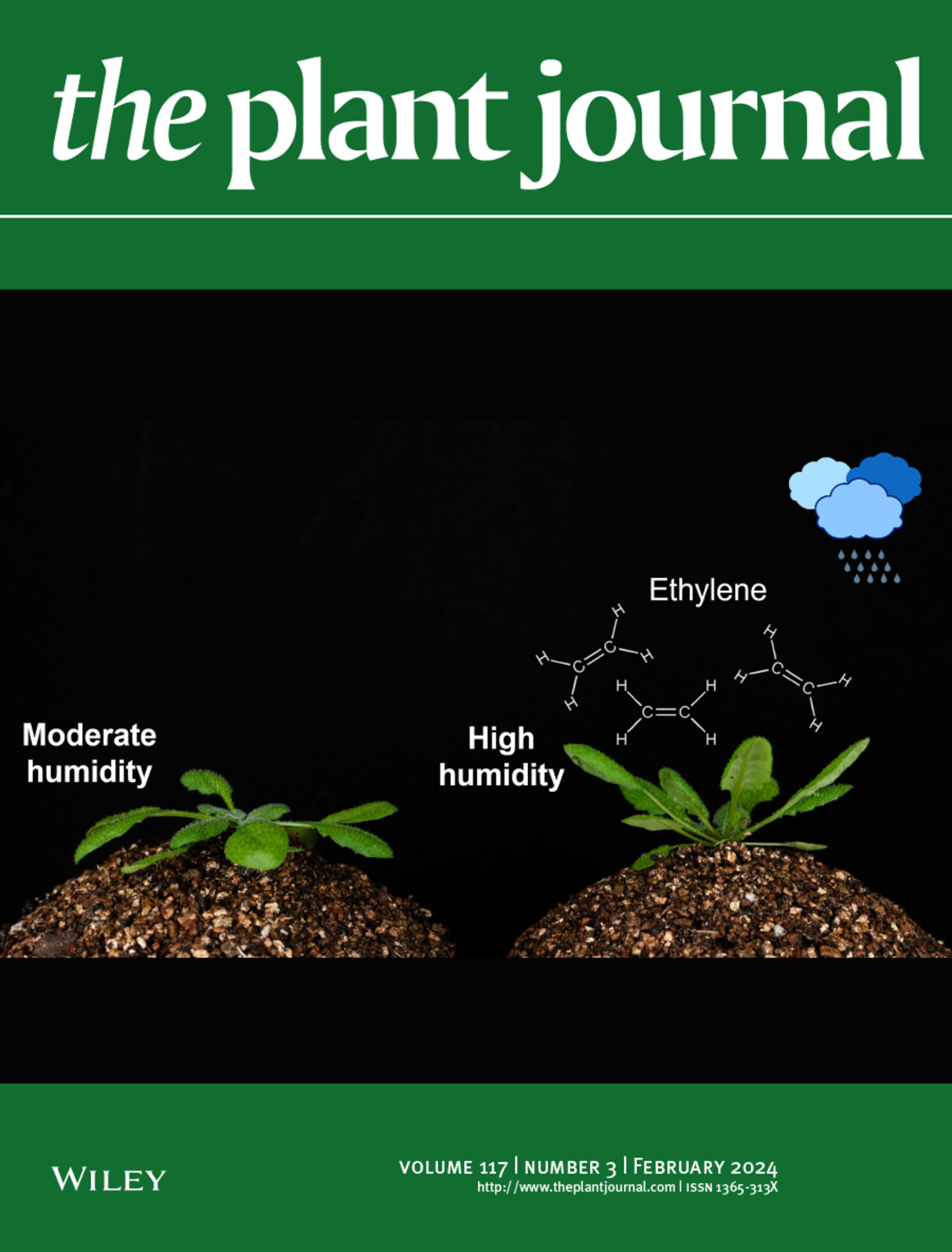Sugarcane is a crop that accumulates sucrose with high photosynthesis efficiency. Therefore, the feedback regulation of sucrose on photosynthesis is crucial for improving sugarcane yield. Saccharum spontaneum and Saccharum officinarum are the two founding Saccharum species for modern sugarcane hybrids. S. spontaneum exhibits a higher net photosynthetic rate but lower sucrose content than S. officinarum. However, the mechanism underlying the negative feedback regulation of photosynthesis by sucrose remains poorly understood. This study investigates the effects of exogenous sucrose treatment on S. spontaneum and S. officinarum. Exogenous sucrose treatment increases sucrose content in the leaf base but inhibits photosynthetic efficiency and the expression of photosynthesis-related pathway genes (including RBCS and PEPC) in both species. However, gene expression patterns differed significantly, with few differentially expressed genes (DEGs) shared between the two species, indicating a differential response to exogenous sucrose. The expression networks of key genes involved in sugar metabolism, sugar transport, and PEPC and RBCS showed divergence between two species. Additionally, DEGs involved in the pentose phosphate pathway and the metabolism of alanine, aspartate, and glutamate metabolism were uniquely enriched in S. spontaneum, potentially contributing to the differential changes in sucrose content in the tip between the two species. We propose a model of the mechanisms underlying the negative feedback regulation of photosynthesis by sucrose in the leaves of S. spontaneum and S. officinarum. Our findings enhance the understanding of sucrose feedback regulation on photosynthesis and provide insights into the divergent molecular mechanisms of sugar accumulation in Saccharum.


